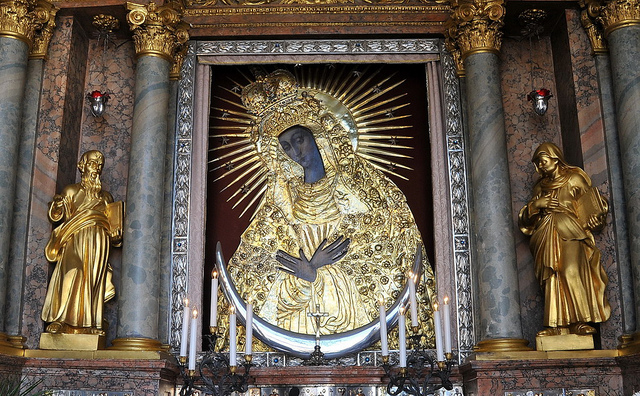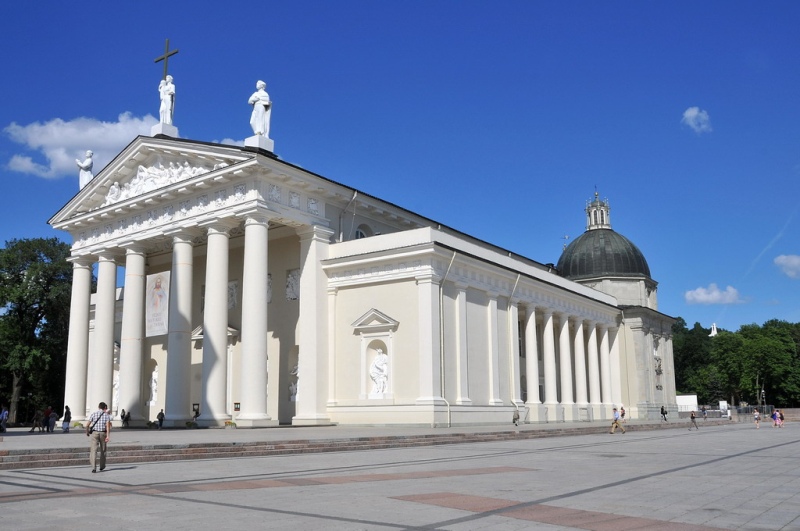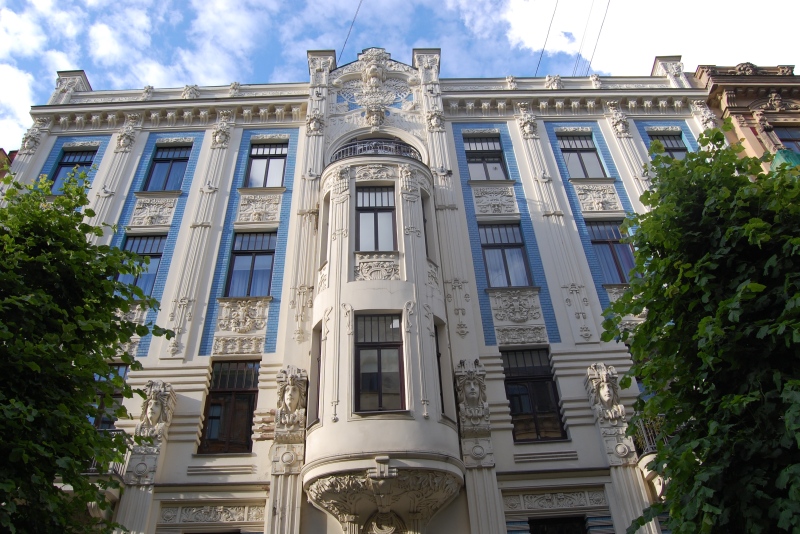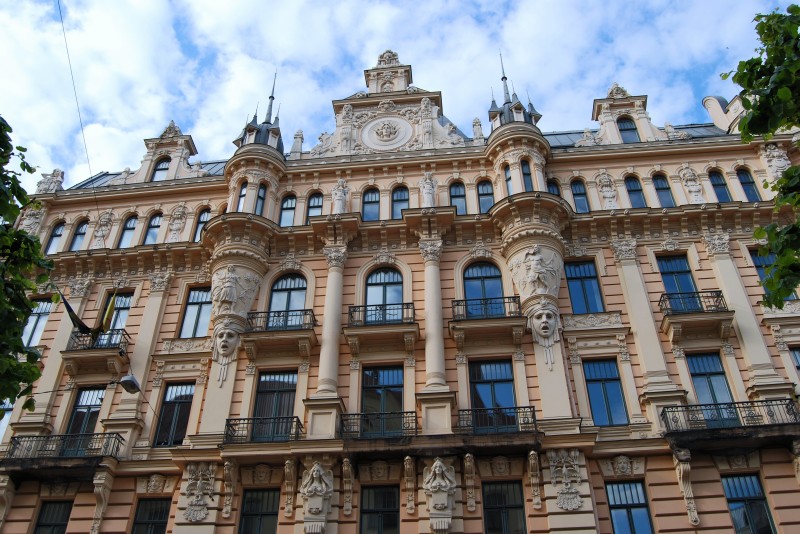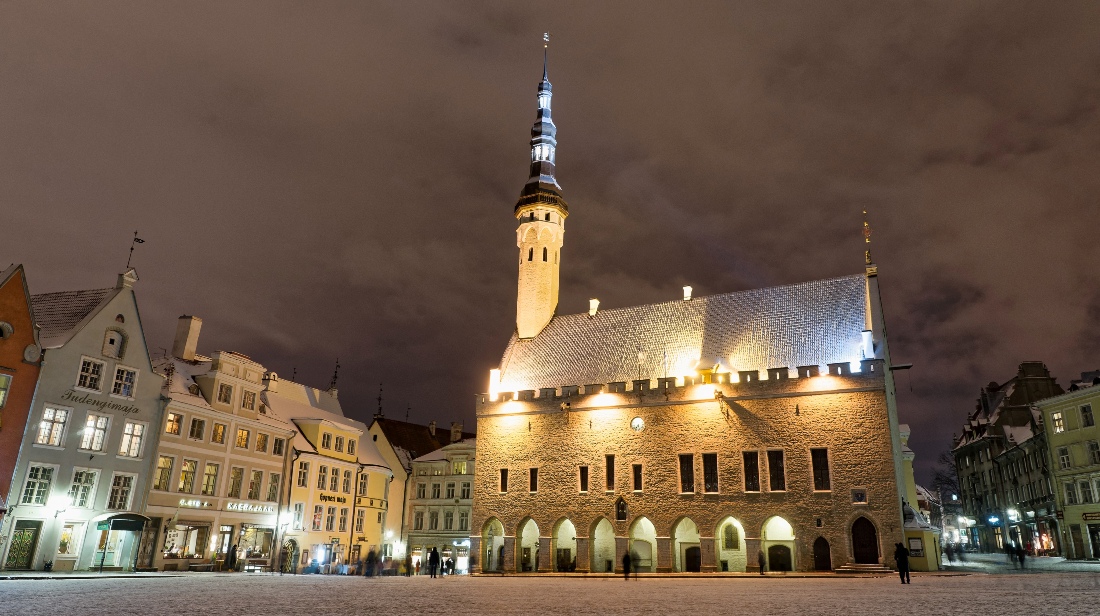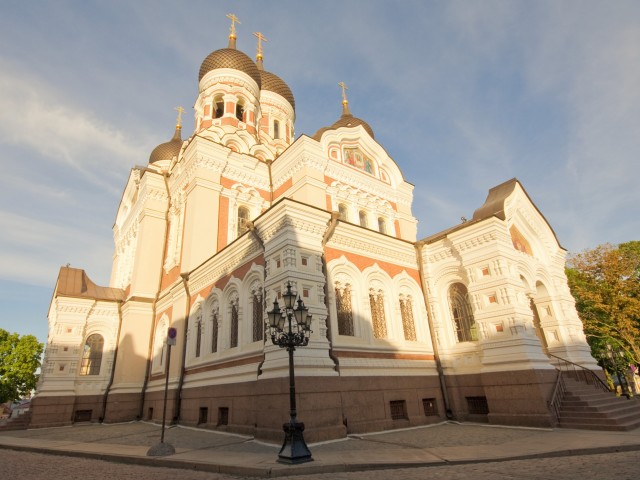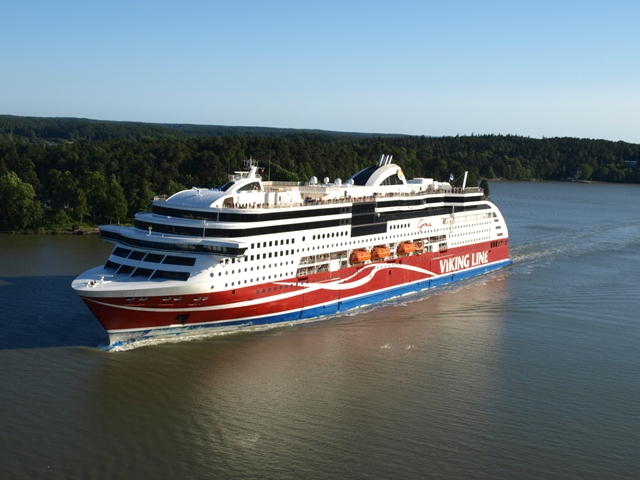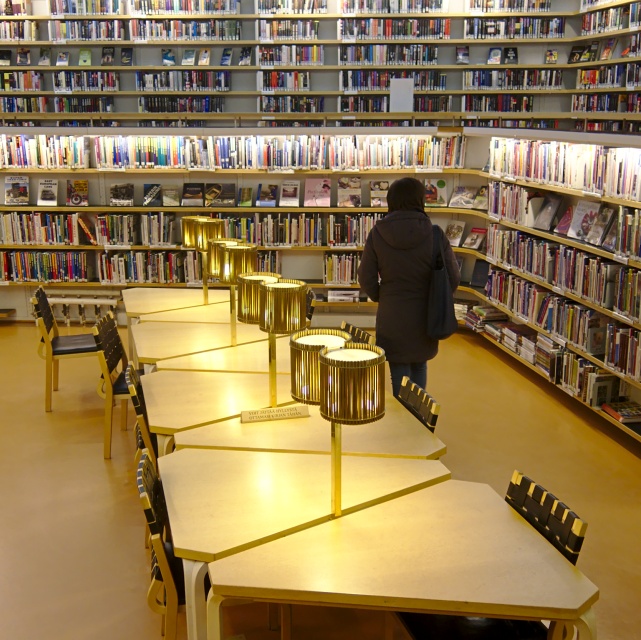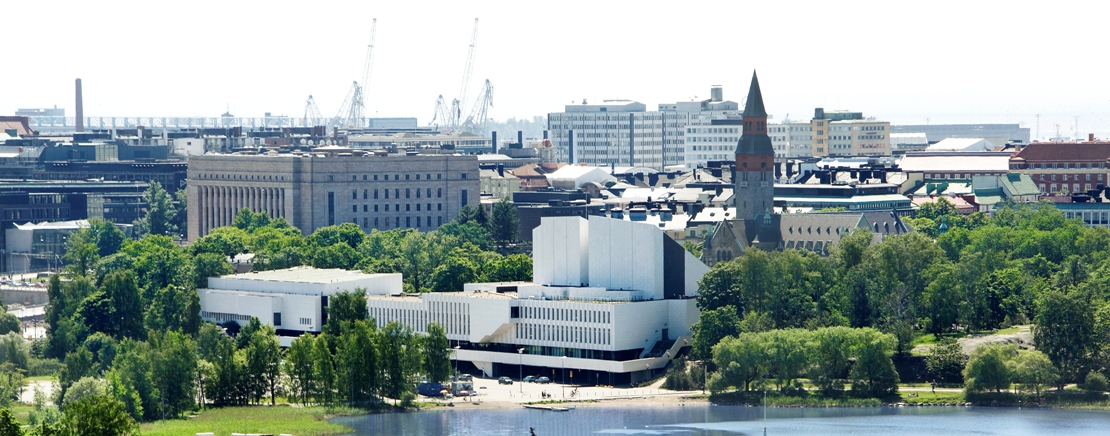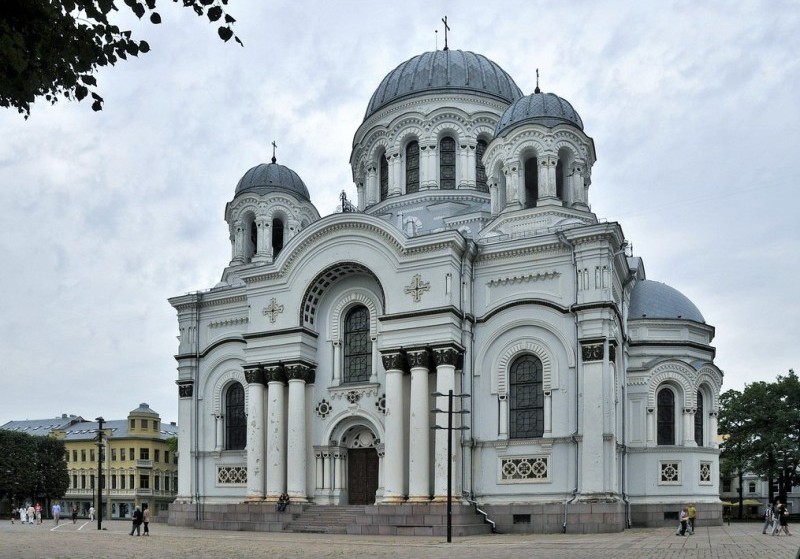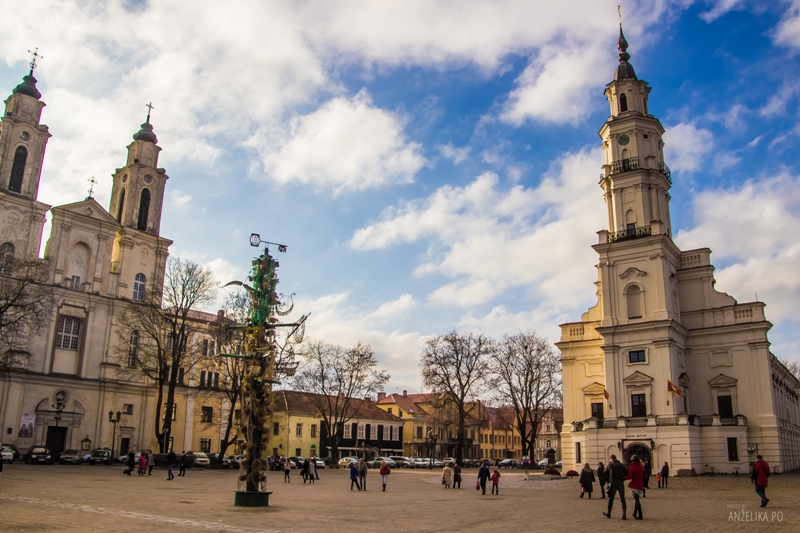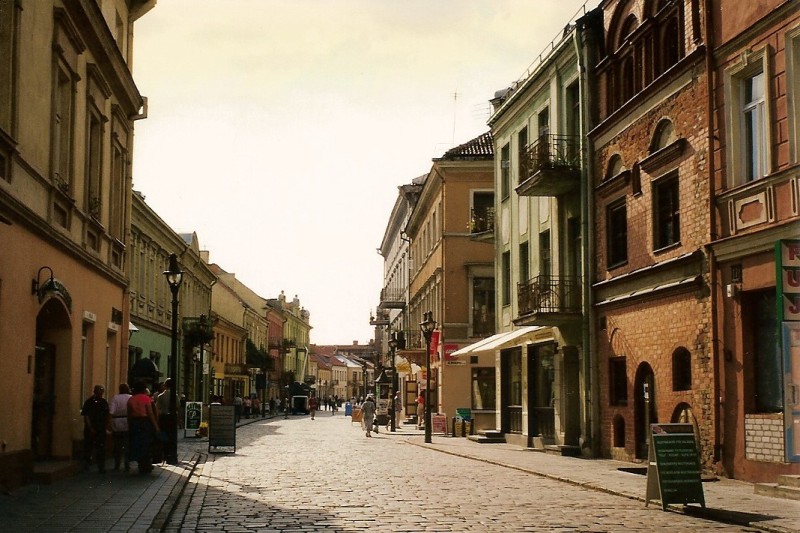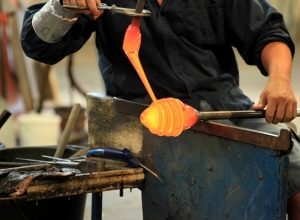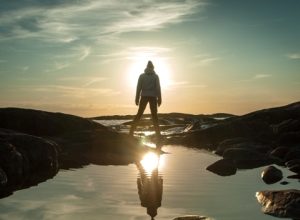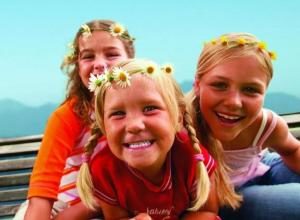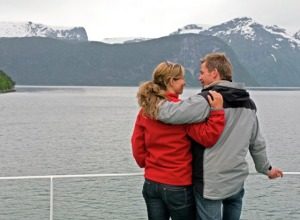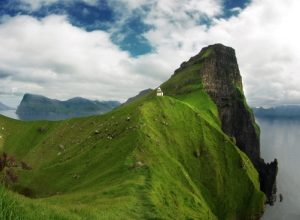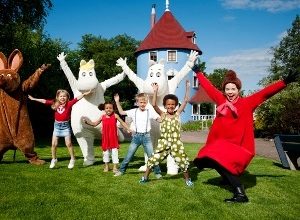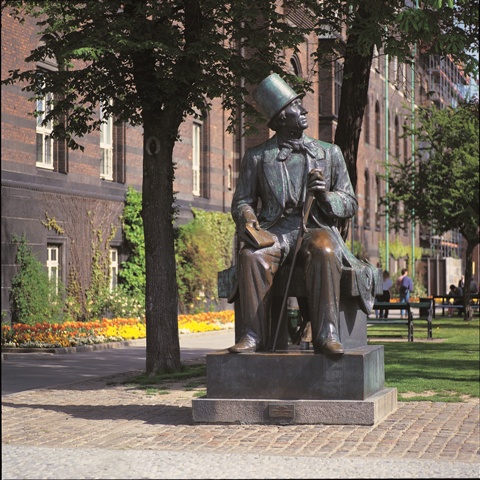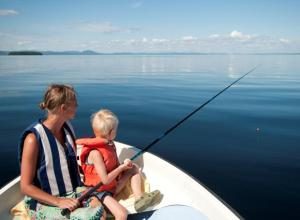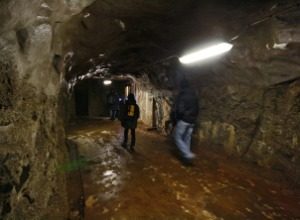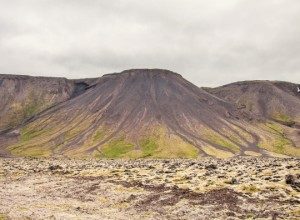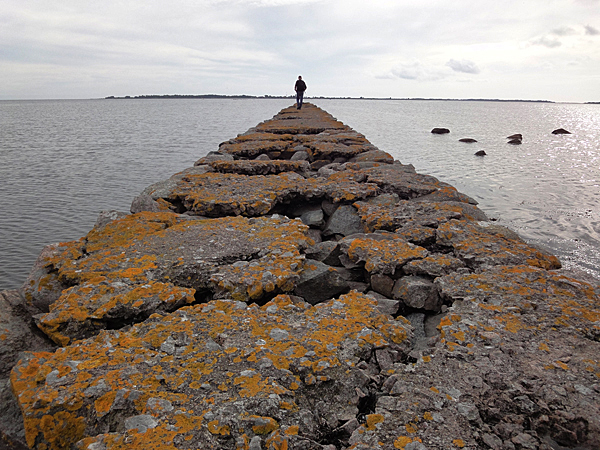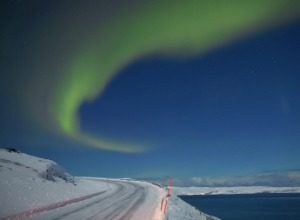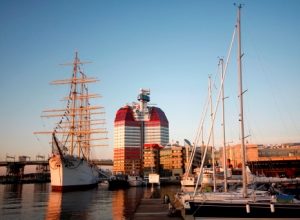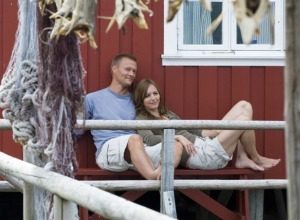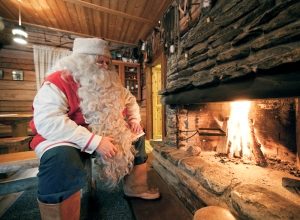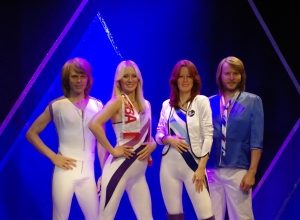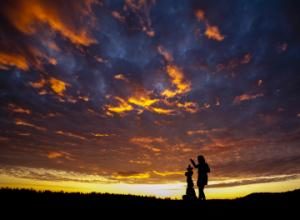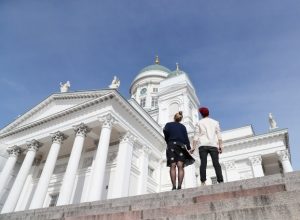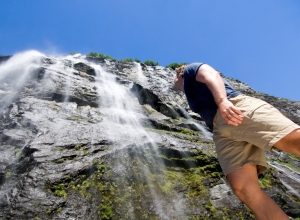4 BALTIC CAPITALS + 1
4 BALTIC CAPITALS + 1
TOURS OF THE BALTIC STATES, HELSINKI TOURS
Day 1
![]()
![]()
![]()
VILNIUS

- arrival in Vilnius
- check in at the hotel
- lunch
- tour of the Old Town
– cathedral
– Vilnius University
– Pilies and Didzioji Street
– Gate of Dawn
- dinner
- return to the hotel
Hotel in Vilnius

Holy Virgin, who potectest bright Czestochowa
And shinest above the Ostra Gate in Wilno! Thou who dost shelter the castle of Nowogrodek with its faithful folk!
As by miracle thou didst restore mi to health, […]
So by miracle Thou wilt return us to the bosom of our country.
Adam Mickiewicz, Sir Thaddeus, Book One, opening lines
YOU SHOULD TRY!
ČEBUREKAI
dumplings fried in oil, with lamb or cheese stuffing
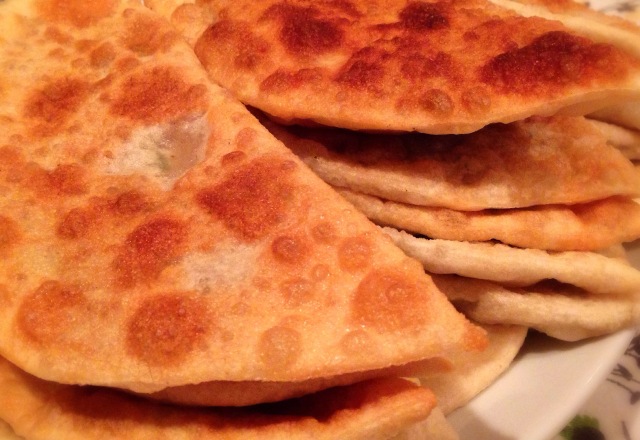

THE OLD TOWN IN VILNIUS
The Old Town in Vilnius is inscribed on the UNESCO World Heritage List
VILNIUS CATHEDRAL
Vilnius cathedral is a place where king of Poland Alexander Jagiellon, the Grand Duke of Lithuania Vytautas and Queens Barbara Radziwill and Elizabeth of Austria are buried. The heart of King of Poland Wladyslaw IV Wasa was placed in the tombs too. During Soviet rule the cathedral was converted into a warehouse. Many epitaphs in Polish were removed and the statues of saints were taken down from the roof. Later the cathedral was a concert hall and an art gallery. Officially the religious function of the church was restored in 1989.
VILNIUS UNIVERSITY
Vilnius University – third oldest university in the former Polish-Lithuanian Commonwealth and one of the oldest in this part of Europe. It was created by King Stefan Batory in 1579. After the partitions of Poland-Lithuania the university was a refuge for Polish language and patriotism. The most famous alumni were Adam Mickiewicz, Juliusz Slowacki, Czesław Miłosz. Many notable Poles and Lithuaninans were professors of the university – Piotr Skarga, Jakub Wujek, Franciszek Bohomolec, Adam Naruszewicz, Joachim Lelewel.

Dinner – Lithuanian cuisine
Day 2
![]()
![]()
![]()
![]()
![]()
![]()
![]()
VILNIUS
- Rasos cemetery
- Užupis district
- St. Anne’s Church and the Church of St. Francis and St. Bernard
- lunch
- Upper Castle and the Gediminas’ Tower
- Church of St. Peter and St. Paul
- Gediminas’ Avenue (formerly Mickiewicz Street)
- free time
- dinner
- return to the hotel
Lunch – cepelinai

Dinner – potato kishka
ADAM MICKIEWICZ IN VILNIUS

-between 1815 and 1819 he studied at the Vilnius University
-he wrote ‘Grazyna’
-between November 1823 and March 1824 he was imprisoned in the former Bernardine cloister for his cooperation with secret organizations of Philomaths and Philarets. He was kept in legendary Konrad’s Cell described in the third part of ‘Dziady’ (Forefather’s Eve). It was believed that this was the place where Konrad spoke out so called Great Improvisation – one of the milestones of Polish literature – a monologue where Konrad challenged God.
RASOS CEMETERY
Burial place for many notable Poles, Lithuanians and Belarusians – poets, scientists, patriots. The cemetery is considered being one of most beautiful and significant in this part of Europe with importance similar to Warsaw’s Powazki, Krakow’s Skalka or Lychakiv in Lviv. One of the most important places for Poles in the Rasos Cemetery is ‘The Mother and Son’s Heart’ mausoleum devoted to Polish national hero Jozef Pilsudski. There are the grave of Maria Pilsudska and the buried heart of Jozef Pilsudski.
GEDIMINAS’ TOWER
Gediminas’ Tower is a symbol of the city and an important landmark in its skyline with a spectacular view that may be admired from the top of the tower. The first wooden fortifications on the top of the Castle Hill were built in 11th century.
Day 3
![]()
![]()
![]()
![]()
![]()
![]()
RIGA

- bus tour to Riga
- check in at the hotel
- lunch
- tour of the Old Town
– cathedral
– Riga Castle
– St. Peter’s Church
– The Museum of the Occupation of Latvia
- Art Nouveau architecture in Riga – the vicinity of Brivibas iela and the Freedom Monument
- dinner
- return to the hotel
Hotel in Riga

Lunch – eisbein

Dinner – Latvian salad
ART NOUVEAU IN RIGA
Riga is a member of prestigious Réseau Art Nouveau Network grouping cities where this style is well represented in their skyline. Nearly one third of buildings in the centre were built in Art Nouveau style or at least have ornamental decorations characteristic to Art Nouveau. At the turn of the centuries 19th and 20th Riga was one of the most important business centres in the Baltic Sea region. This expanding, rich and cosmopolitan city needed a new centre beyond its medieval heart framed within the defensive walls. The architecture with floating, wavy lines, plant and beast ornamentation, mythological or religious motives, as well as colourful façades suited well to elegant, representative, new part of town. The most notable examples of Art Nouveau in Riga are buildings designed by Russian architect Mikhail Eisenstein.
MUSEUM OF THE OCCUPATION OF LATVIA
In The Museum of the Occupation of Latvia Latvians confront the times of Soviet occupation after 1940. People who may have remembered those times did not realize how much hated was the occupant and how much perfidious and mendacious was the policy of the Communist Big Brother towards the Baltic States. The exhibition is shattering and dramatic. It is a must see!
Day 4
![]()
![]()
![]()
![]()
![]()
![]()
![]()
TALLINN
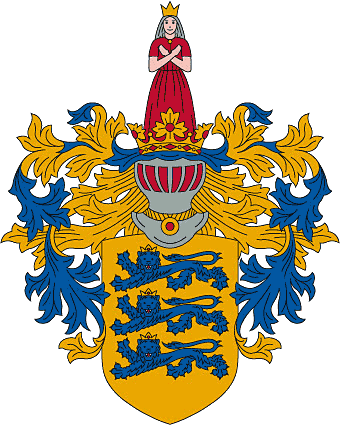
- bus tour to Tallinn
- check in at the hotel
- lunch
- walk of the Old Town
– Market Square
– Town Hall
– Upper Town
– St. Mary’s Cathedral and the Alexander Nevsky Orthodox Cathedral
- free time
- dinner
- return to the hotel
SINGING REVOLUTION
Estonians are called a singing nation. The tradition to sing songs dates back to the middle of 19th century and played a fundamental role in the process of national awakening and forming of Estonian culture. The Singing Revolution lasted from 1986 to 1991, i.e. to the moment of regaining the independence. Mass protests against Soviet occupation often took a form of concerts were people holding hands sang folk and patriotic songs. 11 September 1988 during such a singing assembly in Tallinn there were 300 thousand participants, i.e. every third Estonian.

Hotel in Tallinn
Lunch – mulgikapsad
pork with cabbage and boiled potatoes

Dinner – silgusoust
Baltic herring with bacon and sour cream
OLD TOWN IN TALLINN
Old Town in Tallinn was inscribed on the UNESCO World Heritage List in 1997.
Day 5
![]()
![]()
![]()
![]()
![]()
![]()
HELSINKI
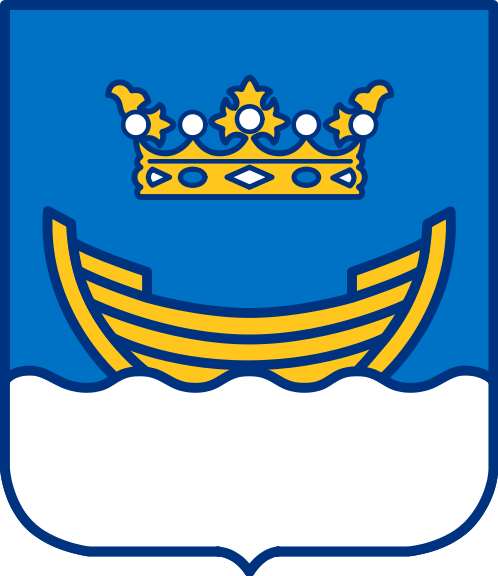
- morning cruise to Helsinki
- tour of the centre
– Senate Square and the Cathedral
– Kauppatori market square
– Kamppi – the chapel of silence
– The Parliament House
– Finlandia Talo concert & congress hall
– Temppeliaukion kirkko (Rock Church)
– Sibelius monument
- lunch
- cruise to Suomenlinna Fortress
- visit to the Fortress
- cruise to Tallinn
- dinner
- accommodation
Hotel in Tallinn

Lunch – Karelian dumplings

Dinner on-board
KAMPPI CHAPEL
Kamppi Chapel is also known the chapel of silence as it was designed as a place for contemplation for everybody regardless the religion or the philosophy of life. It is a place to calm down in one of the busiest districts of Helsinki. In 2012 Helsinki was declared the World Capital of Design. Due to this programme the chapel was built. Project’s designers – Kimmo Lintula, Niko Sirola and Mikko Summanen – won the International Architecture Awards in 2010.
ALVAR AALTO
World famous, modernist architect and applied art designer. His works are inspired by nature and traditional Finish architecture. The buildings are oriented to people as well as their needs and they perfectly fit into their natural environment. Organic, floating forms, functionality and ‘abundant’ simplicity are characteristic features of Alvar Aalto’s works. It all gives the impression that the buildings regardless the time passed are still up-to-date and fresh. The most famous works of Aalto in Finland are Finlandia Talo and Helsinki University of Technology in Otaniemi.
YOU SHOULD TRY!
KAALIKÄÄRYLEET
Finnish cabbage rolls
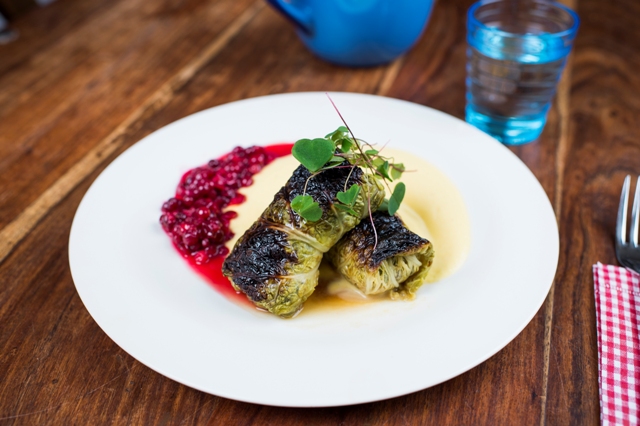
photo: Juho Kuva/VisitFinland
YOU SHOULD TRY!
KORVAPUUSTI
cinnamon rolls
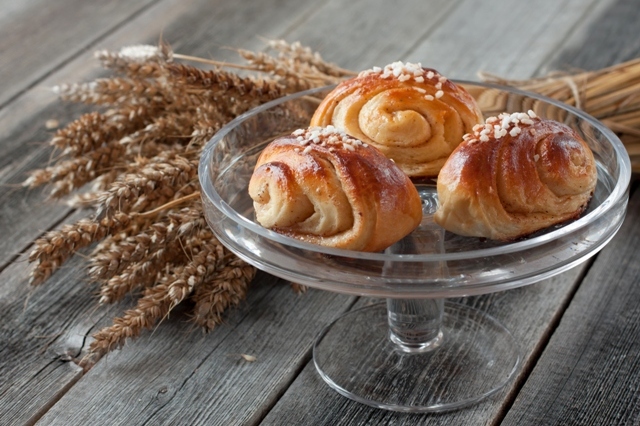
photo: Vastavalo / Taru Rantala / VisitFinland
Day 6
![]()
![]()
![]()
![]()
![]()
![]()
TARTU AND KAUNAS
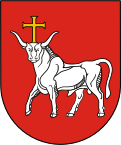
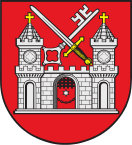
- breakfast on-board
- bus tour to Tartu
- walking tour of the town
- coffee break
- bus tour to Kaunas
- lunch
- check in at the hotel in Kaunas
- walking tour of Kaunas
- dinner
Accommodation in Kaunas

Dinner – cepelinai

TARTU UNIVERSITY
The largest and highest ranked university in Estonia. It was founded in 1632 by King of Sweden Gustavus Adolfus on a basis of Jesuit grammar school established by King of Poland Stefan Batory. After close-down the Vilnius University and the Warsaw University by the tsarist authorities of Russia in 1831, the Tartu University become the main academy for Poles from the territories occupied by Russia.
YOU SHOULD TRY!
CEPELINAI
Huge dumplings in a shape of the Zeppelins. It is a traditional dish in Lithuania as well as in east Poland
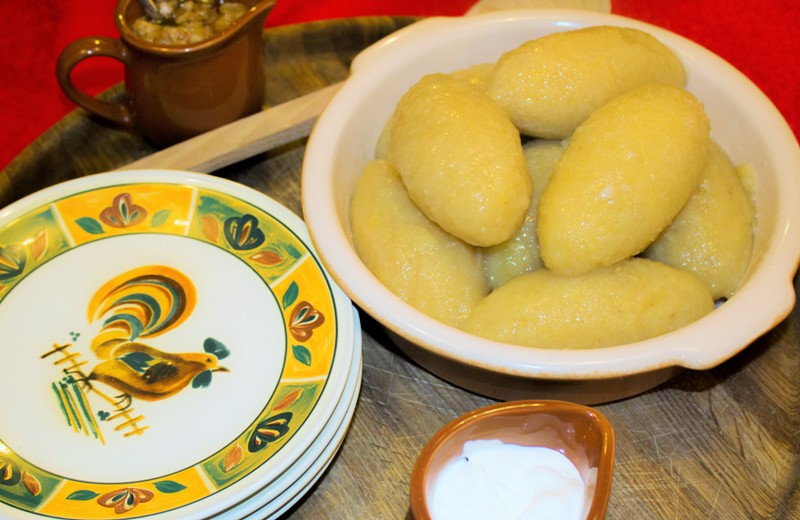
photo: Antonio Campoy
Day 7
![]()
![]()
RETURN TRIP
- meals
- transfer to the airport
PRICE from 565 € per person*
*price for a group of 48 people, incl. bus transport, day ferry cruise to Helsinki, night ferry cruise to Tallinn, meals, accommodation in hotel double rooms, entry tickets to attractions, guide service. The price does not include connecting flights to starting points and from the final destination of the tour.
For groups from 10 up to 60 people
The above offer is intended as information and does not constitute a commercial offer within the meaning of article 66 § 1 of the Polish Civil Code and other relevant legal provisions.
Legend
- hotel
- ferry or ship cruise
- horse riding
- knowledge
- shopping
- bus transfer
- canoeing rally
- monuments
- art
- attractions for kids
- meals
- amusement park
- workshop or team building
- car
- plane
- bike trips
- swimming pool
- active
- relax
- fishing
- walking tour
- diving
- nature
- spa
- nature study
- RIB
- narrow-gauge railway
- surf
- adventure park
- bungee jumping
- go-karts
- golf
- off-roading
- zip-line
- shotting range or paintball
- quads

